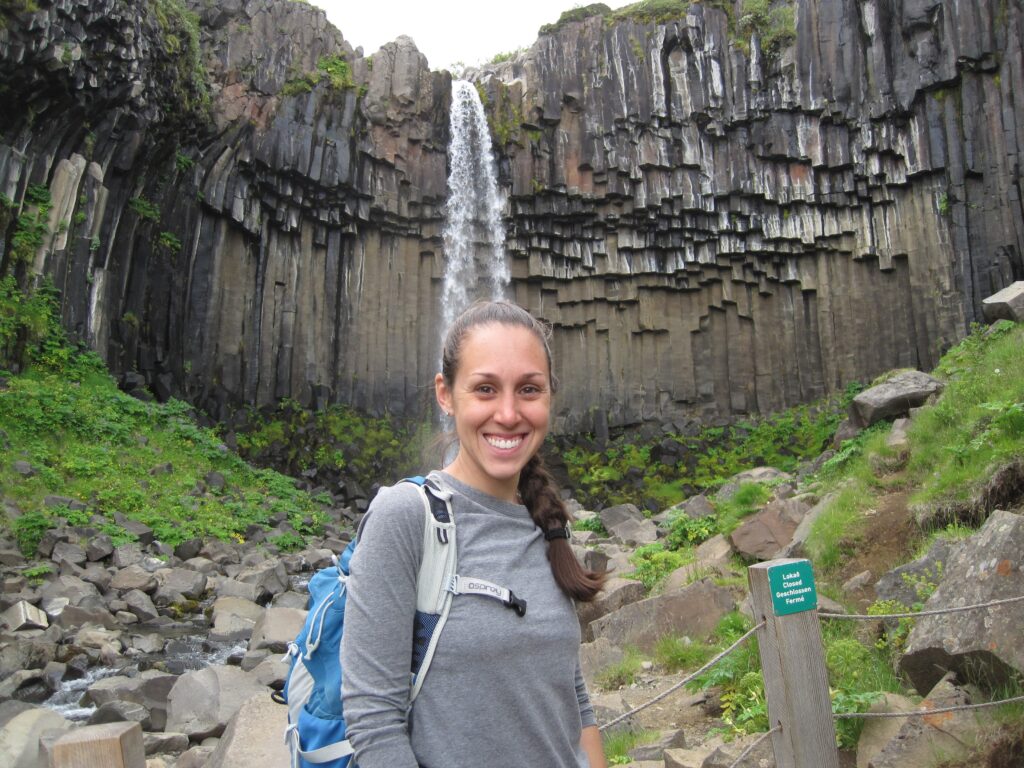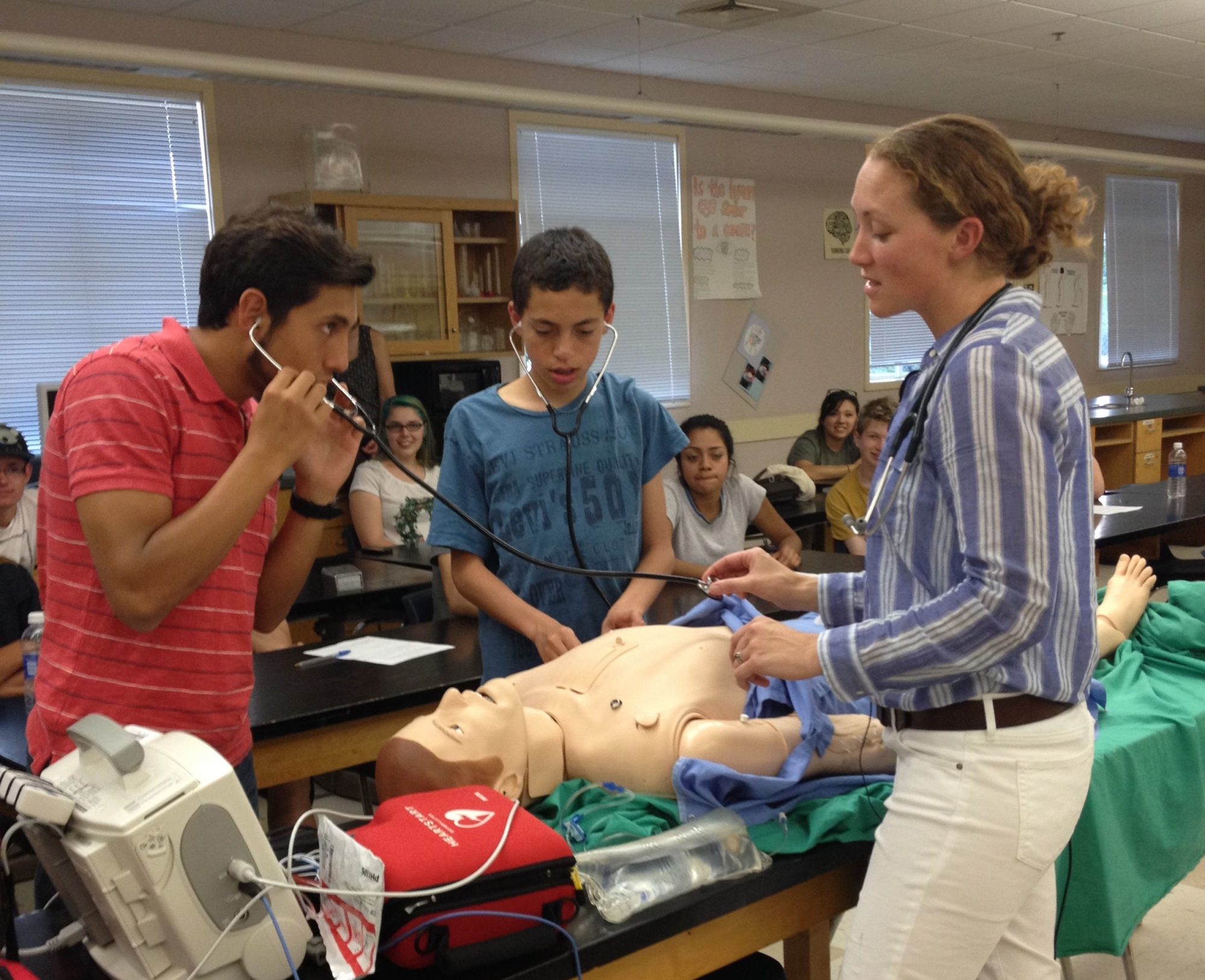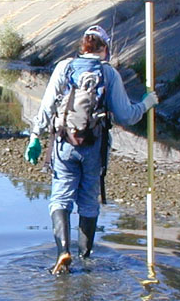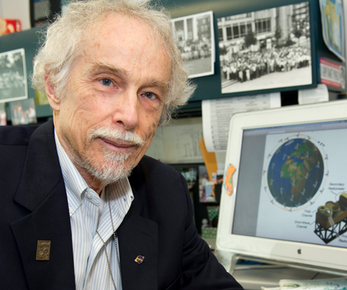in the Springerville Volcanic Field
with Marissa Mnich Ph.D. of Sonoma State University
Wednesday, September 20, 2023, Terra Linda HS Innovation Hub
Important update for those planning to attend tonight’s Marin Science Seminar! Due to construction at Terra Linda HS, the Innovation Hub can only be accessed from the courtyard inside the campus. You can park anywhere, but you need to enter via the student quad area between the new gym and the admin building. From there, access thru the doors to the 100 building. We will have signage and guides to help people find the Hub. Sorry for the inconvenience. Looking forward! ![]()
Description: The Springerville Volcanic Field (SVF), located in east-central Arizona, erupted between 2.1 million and 300,000 years ago, and erupted over 500 distinct lavas. The volcanic products of the field have been mapped and sampled in great detail, which serves as the basis to unraveling the volcanic history to the field. Several similar volcanic fields pose a great risk to people and towns, but aren’t studied in real time (like monitoring at larger, active volcanoes), making the lessons learned in the SVF invaluable for understanding the nature and hazards associated with this type of volcanism.
Bio: Dr. Marissa Mnich is a professor in the geology department at Sonoma State University. Her work has focused on understanding volcanic systems in various locations on Earth, but largely focused on the Springerville Volcanic Field in Arizona.

Links:
- Marissa Mnich @Sonoma State
- Sonoma State University Geology Dept.




